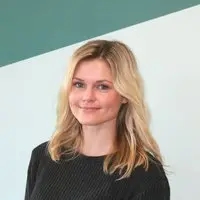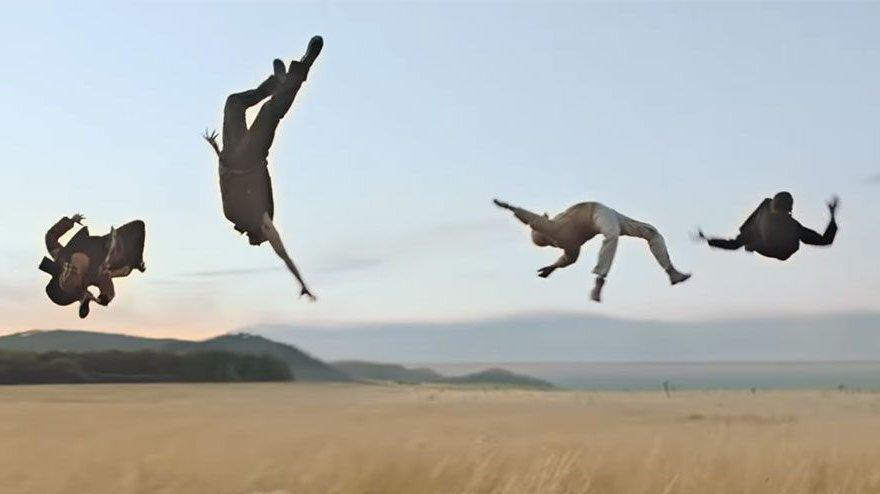The year 2015 set the bar high for luxury brands. From customisation to environmental initiatives, players have already taken steps to align their new year offerings for the changing market, writes Cocoon Luxury.

The year 2015 set the bar high for luxury brands. From customisation to environmental initiatives, players have already taken steps to align their new year offerings for the changing market, writes Cocoon Luxury.
In the ever-changing luxury space, how will brands innovate and leverage technology to stay fully relevant in 2016? And what will successful luxury brands be doing to give people the individuality that they desire?
These are some of the big questions that companies are having to ask right now, for fear of getting left behind.
Here are some examples of brands already pushing the limits to kick off 2016.
“ Countless brands have worked to put emerging consumer concerns at the forefront of their campaigns ”
New Year, New Goals
Social and environmental issues affect all consumers, regardless of their spending power, and countless brands have worked to put these concerns at the forefront of their campaigns.
Although the luxury industry can sometimes appear standoffish due to its exclusivity, brands are showing their true colours through caring initiatives. Millennials especially rate these efforts highly, so much so that they are twice as likely to buy from brands who positively impact society and the environment.
Louis Vuitton is doing just that by making a promise with Unicef. The fashion power house signed a partnership with the charity on January 11th to support the most vulnerable children around the world by launching its #MAKEAPROMISE social campaign.

Louis Vuitton’s #MAKEAPROMISE campaign
To seal this promise, Louis Vuitton has designed a silver Lockit pendant and bracelet, inspired by the un-pickable tumbler lock invented by Georges Vuitton in 1890 to protect the contents of trunks. For each sale, Louis Vuitton will donate donate £140 of the £350 sale price to the charity. The jewellery was launched at a star-studded ball held in Los Angeles, which honoured retired footballing superstar and Unicef patron David Beckham.
British retailer Selfridges continues to support environmentally friendly initiatives with their influential ‘Bright Young Things 2016’ platform. Now in its fifth year, the latest iteration of Selfridge’s annual ‘Bright New Things’ concept is celebrating the most exciting new names in sustainable fashion by investing in their future.
Nine fashion designers have been selected and are each given a window of the department store’s London flagship in which to display their work throughout the year, which are estimated to be seen by 110,000 daily passers-by. The windows exhibit the designer’s personality and creative approach, with links to a Web page hub for ‘Bright New Things’.

Beauty Tech Is On The Rise
Technology is no longer the realm of geeks. Luxury brands are now looking for ways they can tap into emerging technologies to bolster their portfolios and captivate their discerning audience. After all, consumers are looking for immersive and personalised shopping experiences and are increasingly being swayed by innovations like try-on technology, face mapping and skin analysis.
Take LVMH’s Sephora for example. The beauty brand is leveraging augmented reality technology (AR) to drive sales via its new ‘Virtual Artist’ application feature. Designed using facial recognition software, the app allows users to test lip products and purchase directly in the app.
AR technology not only allows a deeper engagement with consumers, it also saves the most important thing to them, time.
Sephora ‘Virtual Artist’
Getting Personal
Consumers are increasingly craving something that is uniquely their own. With this demand, personalisation is expected to expand into more categories in 2016.
British department store Fortnum & Mason is jumping on this trend with its limited-edition personalised hamper. Recognising that Valentine’s Day gifting is a personal affair, Fortnum is giving its customers the opportunity to replace the hamper’s iconic F&M; monogram with their own initials.

Fortnum & Mason’s ‘Exclusively Yours’ hamper comes filled with bath truffles, a heart-shaped box of chocolates, an amber rose votive candle, Jammy Dodgers, an amber rose votive candle, marshmallow hearts, a bottle of Ruinart Rosé and two Champagne flutes. Limited to just 100 hampers, the exclusive wicker makes for a memorable memento for recipients and Fortnum loyalists.
Personalised products help brands like Fortnum stand out from the crowd, especially around gifting seasons like Valentines.
Expect to see more brands following in suit by offering bespoke experiences and products in 2016.
To further investigate luxury brand innovation on Luxury Society, we invite your to explore the related materials as follows:
– 6 Key Luxury Trends That Will Make Or Break Brands In 2016
– 6 Innovative Luxury Brand Christmas Trends
– 3 Luxury Trends Changing The Game










